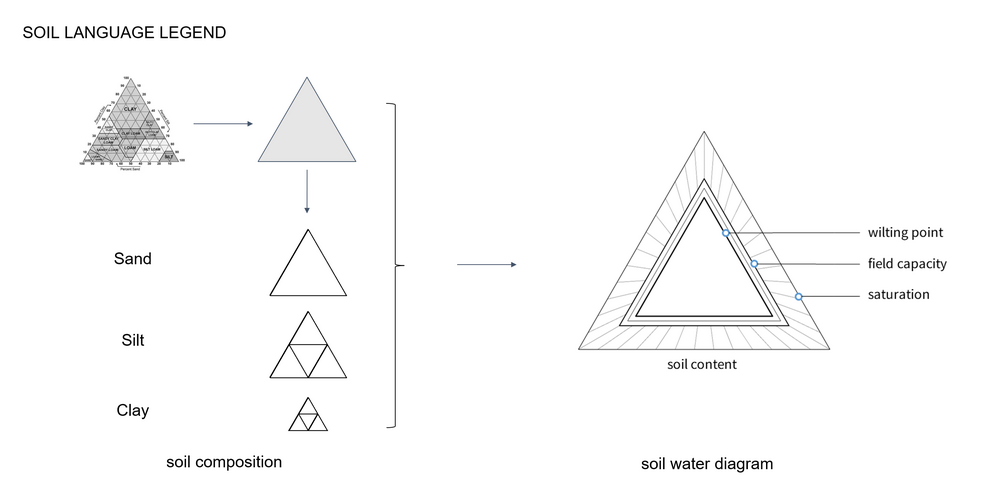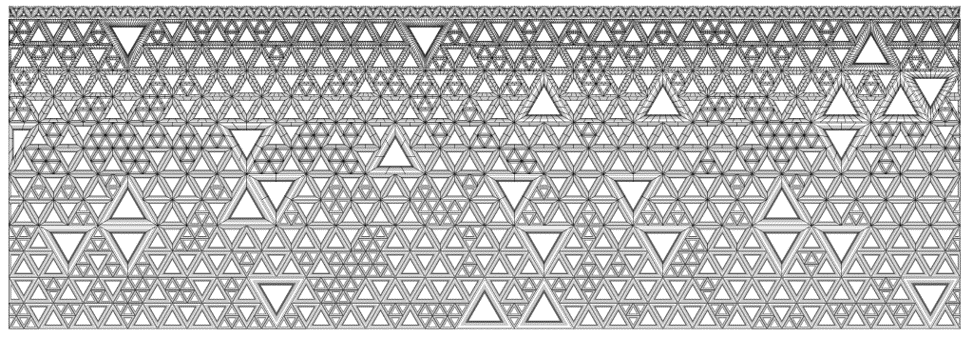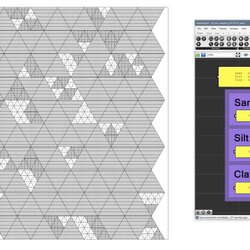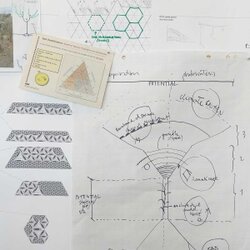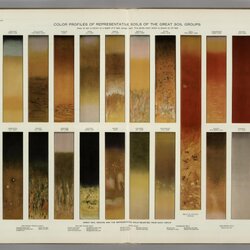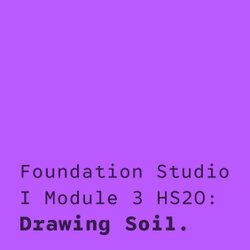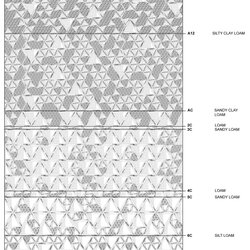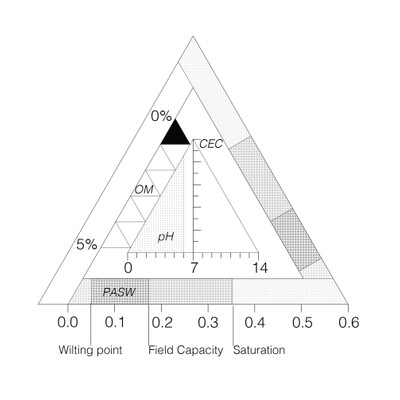
Soil Language v1: Manual Translation
The soil language is a diagrammatic way to synthesize the physical, biological, and chemical properties of a particular soil into a single drawing. The intention of the language is to be able to represent soil in a consistent way, which allows for comparison between sites with very different soil conditions.
The diagram uses a shape of a triangle as its base, referencing a classic triangular diagram used by scientists to evaluate soil texture. The size of the triangles represents different types of particles. In combination, they tessellate the whole area and show particular mixtures that describe the texture of the soil.
Soil information, including organic matter, wilting point, field capacity, saturation, etc, are encoded with offsetting and hatching approaches.
By rigorously drawing the soil, we are emphasizing that living soil is more than mere dirt; it is a biological entity with its own structure and integrity that is particular to a specific geologic and climatic situation.
